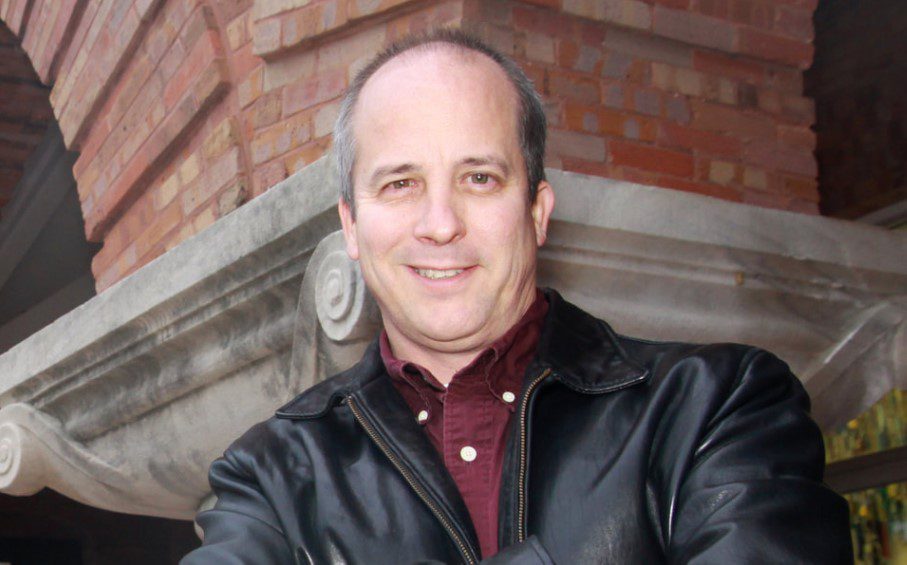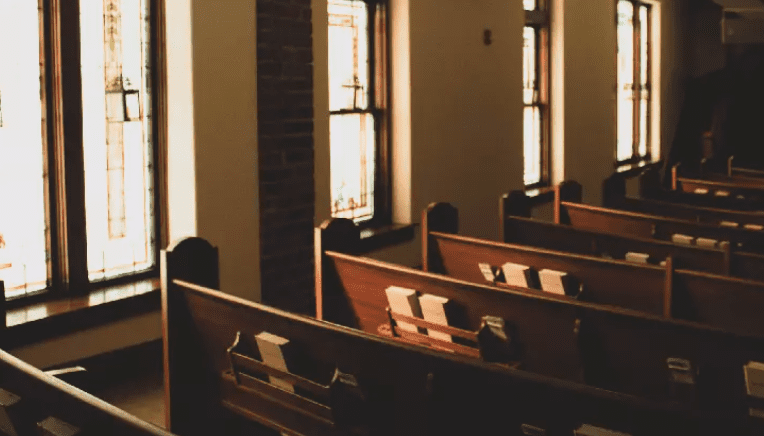
Vicksburg National Military Park
The legislature appropriated $10 million toward an $80 million dollar project to build a new interpretive center recounting Ulysses S. Grant’s capture of Vicksburg.
Ulysses S. Grant’s ingenious campaign to capture Vicksburg in 1863 was one of the most pivotal events of the Civil War and one of the most storied military expeditions in American history.
Plans are underway to tell this remarkable story in a new interpretive center that will be built and administered by the Mississippi Department of Archives and History (MDAH). The Mississippi Legislature, with leadership from Lt. Governor Delbert Hosemann and Senator Briggs Hopson, recently appropriated $10 million to MDAH to begin planning for what ultimately will be an $80 million facility funded through a public-private partnership still being negotiated with the National Park Service, Friends of Vicksburg National Military Park and Campaign, Warren County, and the city of Vicksburg.
Vicksburg National Military Park, which was established in 1899 to preserve the site of the siege of Vicksburg, is the most visited historical attraction in Mississippi with more than half a million visitors annually. However, the current visitor center was built in the 1960s and is so outdated that many visitors simply skip it altogether. A new state-of-the-art Civil War interpretive center is long overdue. Gettysburg has one, and Vicksburg needs one.
A modern interpretive center will continue to tell the history of the 47-day siege itself, with its pounding artillery from the Union army and navy forcing civilians into makeshift caves, newspapers printed on wallpaper, tunnels dug and loaded with explosives, hand-to-hand combat, and eventual surrender of Confederate forces to the Union. But there is so much more to the story.
Grant’s troops crossed the Mississippi River from Louisiana at Bruinsburg, the unimpeded D-Day of the Civil War. Important battles were fought at Port Gibson, Raymond, Jackson, Champion Hill, and Big Black River as Grant effectively maneuvered his forces into place, bottled up Confederate defenders in Vicksburg, and protected his rear from attack. By telling a fuller story of the entire Vicksburg Campaign at a new interpretive center, visitors will have context to understand these regional sites and incentive to go visit them as well.
Telling the complete story also means addressing the aftermath of the siege, which includes occupation and later Reconstruction. After the Emancipation Proclamation, thousands of formerly enslaved men joined the Union army as part of the United States Colored Troops (USCT). The USCT troops occupied Vicksburg, performed police duty, and protected the city. Many are buried in the Vicksburg National Cemetery.
All of this compelling history deserves a Smithsonian-caliber visitor center with plenty of space and modern exhibits. In addition to the history, a new center will have a major positive economic impact. According to one study, the project would create more than 900 jobs during the construction and development period and an additional 250 to 280 permanent jobs through added tourism and the operations of the visitor center. The project is estimated to create $233 million in added economic activity on top of the $280 million of economic impact already being contributed by Vicksburg National Military Park.
Vicksburg is hallowed ground where history happened. Vicksburg National Military Park is one of Mississippi’s top cultural assets, and it deserves an interpretive center commensurate with its importance. The Mississippi Department of Archives and History is excited to work with its partners as we begin this yearslong project to tell the full history of the Vicksburg Campaign through the stories of the people who lived through it. Stay tuned!










